A large and impressive panoramic view of the city of Lahore Punjab, Lahore, circa 1840-45watercolour with some gold on paper, 11 separate joined sheets of paper, identifying inscriptions in Persian on painted surface, in mount, framed 24 x 235 cm.FootnotesThe two peaks of Lahore's fortune as a great city were first under the early Mughal emperors, until the death of Aurangzeb, when it was adorned with palaces, gardens and tombs; and second, the period of Maharajah Ranjit Singh, the acme of Sikh power, from his triumphant entrance into the city in 1799 and the establishment of his regime, to the collapse of Sikh rule in the years after his death, and British control of the Punjab. Between those two events it had been captured twice, first by the Persian Nadir Shah, in his catastrophic invasion of India in 1739, and then again by the Afghan Ahmad Shah Durrani. In 1831 the British political officer and traveller, Alexander Burnes, capturing something of the ancient nature of the city, and its various layers of history, wrote: On the morning of June 18th we made our public entrance into the Imperial city of Lahore, which once rivalled Delhi. We moved among its ruins [...] In our evening at Lahore, we had many opportunities of viewing this city. The ancient capital extended from east to west for a distance of five miles, and an average breadth of three, as may yet be traced by the ruins. The mosques and tombs, which have been more stably built than the houses, remain in the midst of fields and cultivation as caravanserais for the travellers. The modern city occupies the western angle of the ancient capital, and is encircled by a strong wall. The houses are very lofty, and the streets, which are narrow, offensively filthy, from a gutter that passes through the centre. (Travels into Bokhara, London 1834). The city was first of all drawn by various European artists, including Frances ('Fanny') Eden (1801-1841), sister of the more famous Emily Eden who recorded sketching it in her diary for December 1838 (so roughly contemporary with our painting). However, the European doctor, Martin Honigberger, who was in Lahore at the Sikh court between 1829 and 1833, and then again between 1839 to 1849, recorded that he sold a panorama of Lahore by an Indian artist to the Russian painter Prince Alexis Soltykoff Honigberger apparently took home similar paintings, since in his illustrated memoir Thirty-Five Years in the East (1852) he included lithograph views based on them (see F. S. Aijazuddin, Lahore: Illustrated Views of the 19th Century, 1991, pp. 48-49, no. 15). Woodcut versions, apparently derived from such paintings, but in a much more naive style, were also being produced in the latter half of the 19th Century: for an example, see F. S. Aijazuddin, op. cit., 1991, pp. 84-85, no. 39. At a similar date, panoramas of Delhi, and other highly detailed topographical studies of the city, were being produced by artists such as Mazhar Ali Khan, at the tail end of Mughal power, and Mughal art (for which see J. P. Losty, 'Depicting Delhi: Mazhar Ali Khan, Thomas Metcalfe, and the Topographical School of Delhi Artists', in W. Dalrymple, Y. Sharma (edd.), Princes and Painters in Mughal Delhi 1707-1857, New York 2012, pp. 52-59.) For another example of such a panorama, see Christie's, Arts of India, 10th June 2015, lot 101 (previously at Sotheby's, Exotica: East Meets West, 1500-1900, 25th May 2005, lot 139), which appeared in the exhibition Interaction of Cultures: Indian and Western Paintings 1780-1910, The Fine Arts Museum of San Francisco, 1998, cat. no. 71 (pp. 278-80). For a smaller example from a similar viewpoint, see Christie's, Art of the Islamic and Indian World, 4th October 2012, lot 221. An example of similar size with both English and Persian inscriptions is in the Singh Toor Collection: for a good discussion, along with a survey of the locations and buildings depicted, see D. Singh Toor, In Pursuit of Empire: Treasures from the Toor Coll
A large and impressive panoramic view of the city of Lahore Punjab, Lahore, circa 1840-45watercolour with some gold on paper, 11 separate joined sheets of paper, identifying inscriptions in Persian on painted surface, in mount, framed 24 x 235 cm.FootnotesThe two peaks of Lahore's fortune as a great city were first under the early Mughal emperors, until the death of Aurangzeb, when it was adorned with palaces, gardens and tombs; and second, the period of Maharajah Ranjit Singh, the acme of Sikh power, from his triumphant entrance into the city in 1799 and the establishment of his regime, to the collapse of Sikh rule in the years after his death, and British control of the Punjab. Between those two events it had been captured twice, first by the Persian Nadir Shah, in his catastrophic invasion of India in 1739, and then again by the Afghan Ahmad Shah Durrani. In 1831 the British political officer and traveller, Alexander Burnes, capturing something of the ancient nature of the city, and its various layers of history, wrote: On the morning of June 18th we made our public entrance into the Imperial city of Lahore, which once rivalled Delhi. We moved among its ruins [...] In our evening at Lahore, we had many opportunities of viewing this city. The ancient capital extended from east to west for a distance of five miles, and an average breadth of three, as may yet be traced by the ruins. The mosques and tombs, which have been more stably built than the houses, remain in the midst of fields and cultivation as caravanserais for the travellers. The modern city occupies the western angle of the ancient capital, and is encircled by a strong wall. The houses are very lofty, and the streets, which are narrow, offensively filthy, from a gutter that passes through the centre. (Travels into Bokhara, London 1834). The city was first of all drawn by various European artists, including Frances ('Fanny') Eden (1801-1841), sister of the more famous Emily Eden who recorded sketching it in her diary for December 1838 (so roughly contemporary with our painting). However, the European doctor, Martin Honigberger, who was in Lahore at the Sikh court between 1829 and 1833, and then again between 1839 to 1849, recorded that he sold a panorama of Lahore by an Indian artist to the Russian painter Prince Alexis Soltykoff Honigberger apparently took home similar paintings, since in his illustrated memoir Thirty-Five Years in the East (1852) he included lithograph views based on them (see F. S. Aijazuddin, Lahore: Illustrated Views of the 19th Century, 1991, pp. 48-49, no. 15). Woodcut versions, apparently derived from such paintings, but in a much more naive style, were also being produced in the latter half of the 19th Century: for an example, see F. S. Aijazuddin, op. cit., 1991, pp. 84-85, no. 39. At a similar date, panoramas of Delhi, and other highly detailed topographical studies of the city, were being produced by artists such as Mazhar Ali Khan, at the tail end of Mughal power, and Mughal art (for which see J. P. Losty, 'Depicting Delhi: Mazhar Ali Khan, Thomas Metcalfe, and the Topographical School of Delhi Artists', in W. Dalrymple, Y. Sharma (edd.), Princes and Painters in Mughal Delhi 1707-1857, New York 2012, pp. 52-59.) For another example of such a panorama, see Christie's, Arts of India, 10th June 2015, lot 101 (previously at Sotheby's, Exotica: East Meets West, 1500-1900, 25th May 2005, lot 139), which appeared in the exhibition Interaction of Cultures: Indian and Western Paintings 1780-1910, The Fine Arts Museum of San Francisco, 1998, cat. no. 71 (pp. 278-80). For a smaller example from a similar viewpoint, see Christie's, Art of the Islamic and Indian World, 4th October 2012, lot 221. An example of similar size with both English and Persian inscriptions is in the Singh Toor Collection: for a good discussion, along with a survey of the locations and buildings depicted, see D. Singh Toor, In Pursuit of Empire: Treasures from the Toor Coll
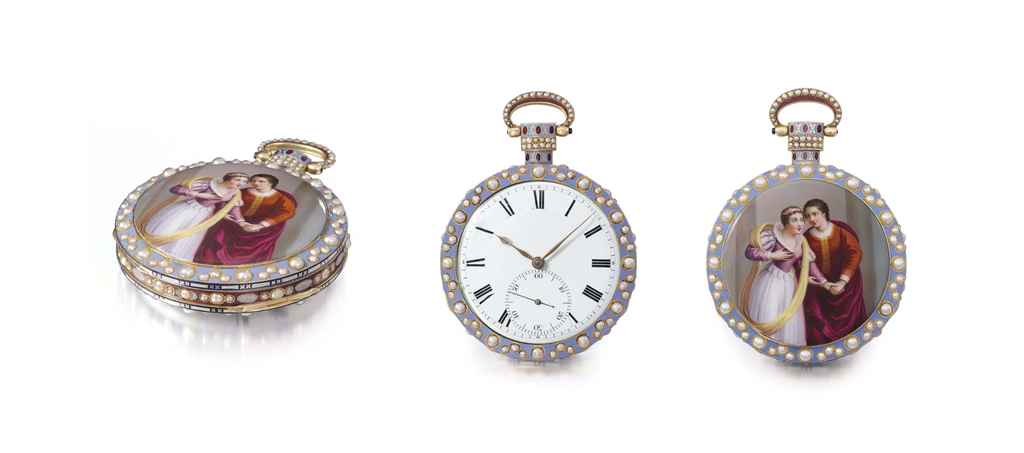
.jpg)

.jpg)
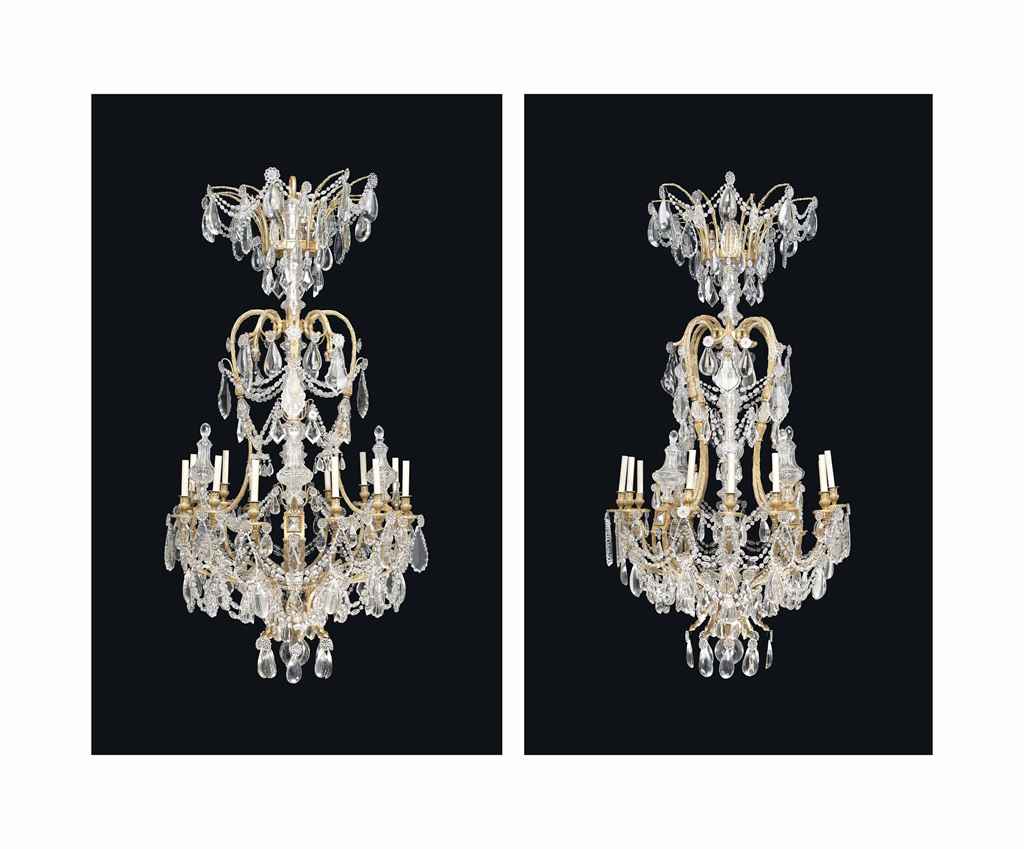
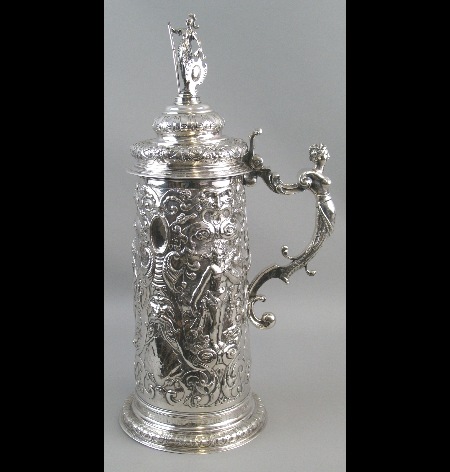
.jpg)
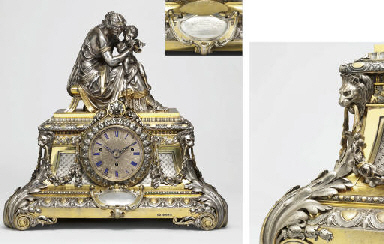
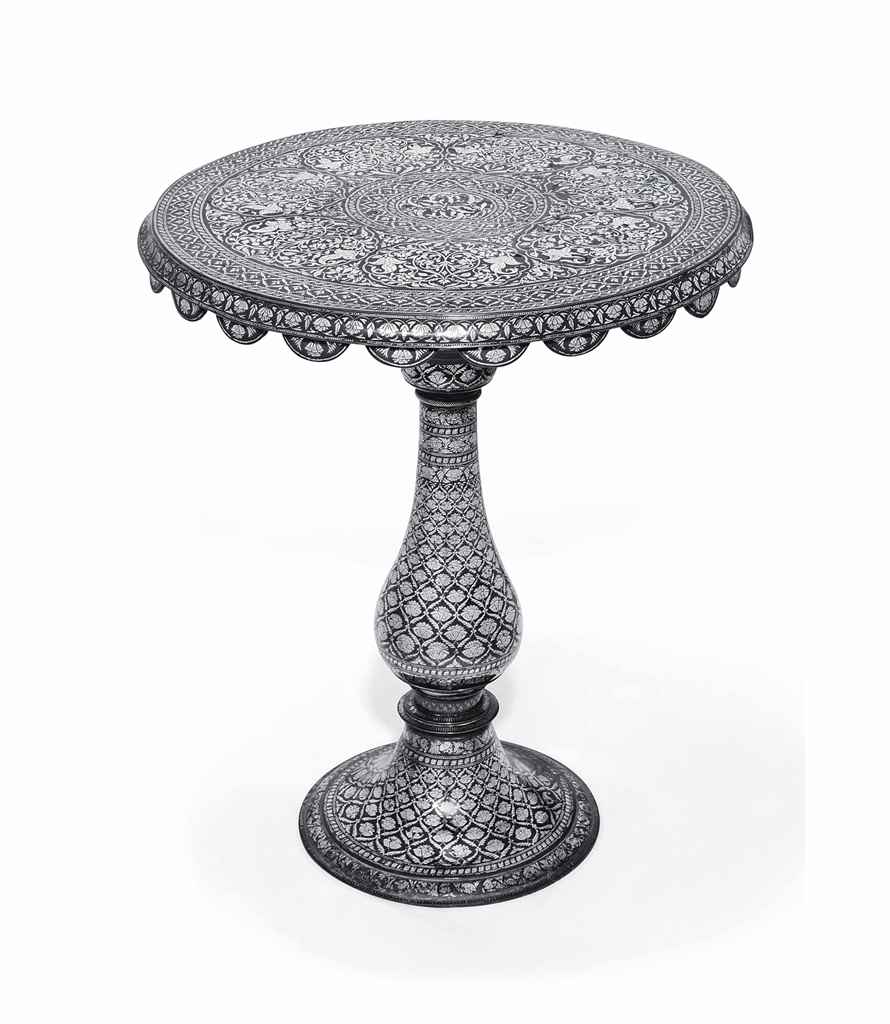

.jpg)
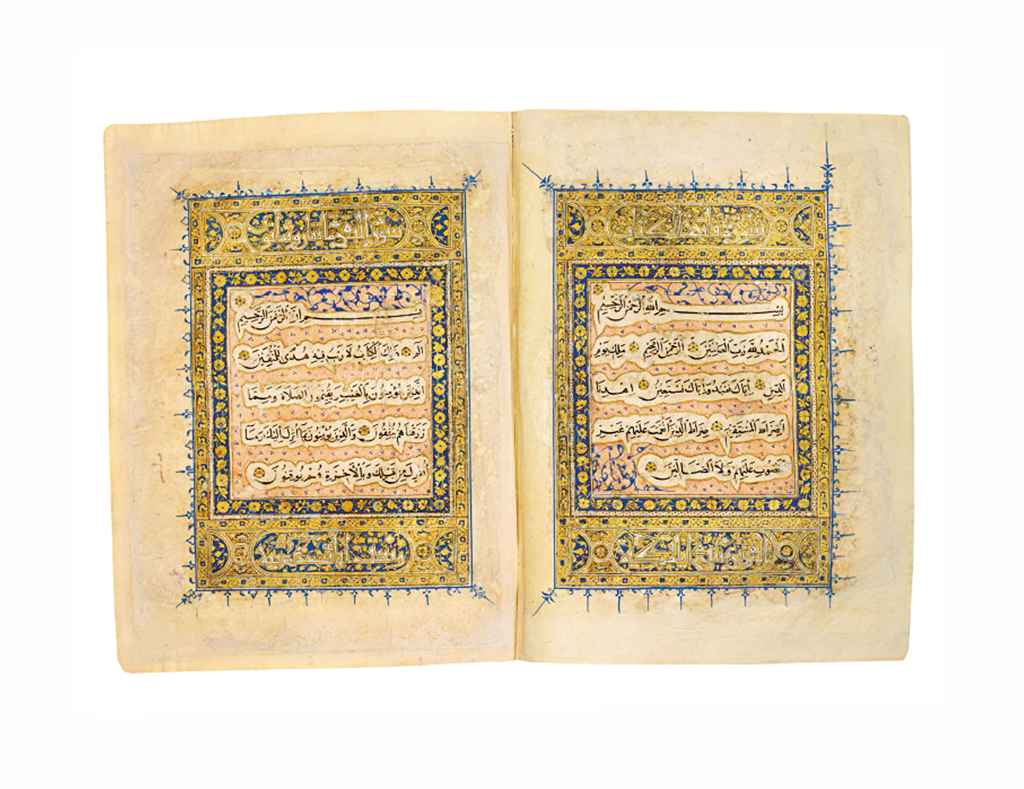
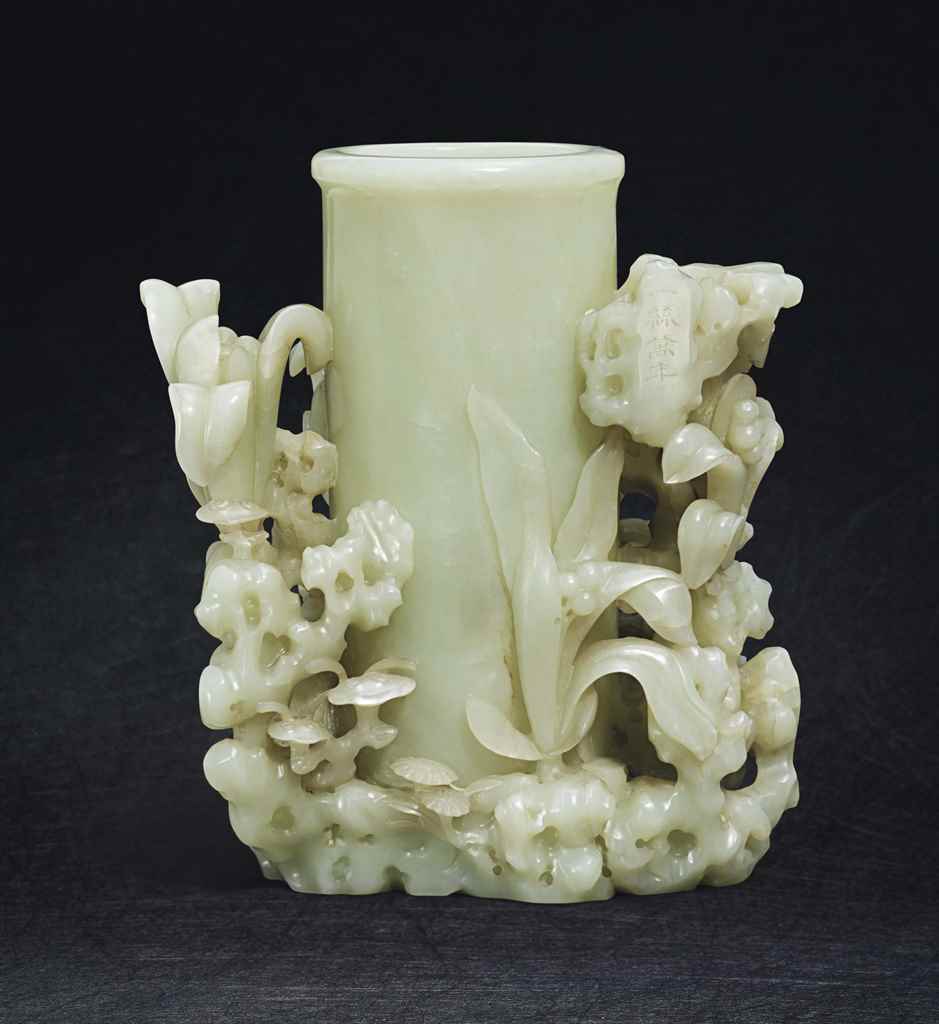


Testen Sie LotSearch und seine Premium-Features 7 Tage - ohne Kosten!
Lassen Sie sich automatisch über neue Objekte in kommenden Auktionen benachrichtigen.
Suchauftrag anlegen